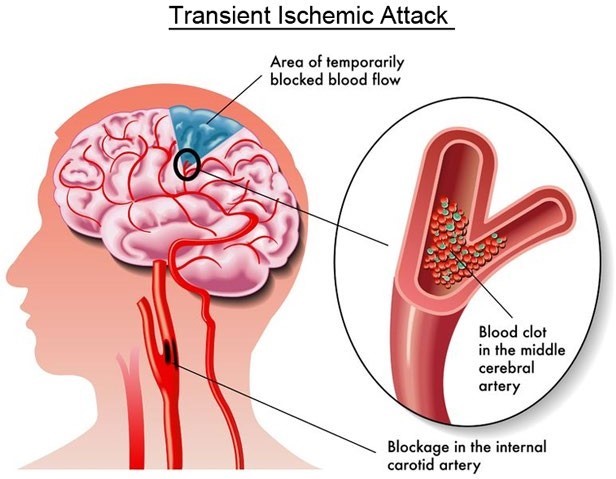What is the definition of Parkinson's disease?
An acute neurologic movement disorder associated with decreased levels of dopamine
A slow, progressive neurologic movement disorder associated with decreased levels of acetylcholine
An acute neurologic movement disorder associated with decreased levels of acetylcholine
A slow, progressive neurologic movement disorder associated with decreased levels of dopamine
The Correct Answer is D
Choice a) is incorrect because Parkinson's disease is not an acute condition, but a chronic one that develops over time.
Choice b) is incorrect because Parkinson's disease is not associated with decreased levels of acetylcholine, but with decreased levels of dopamine. Acetylcholine is another neurotransmiter that is involved in muscle movement and memory.
Choice c) is incorrect because Parkinson's disease is not an acute condition, nor is it associated with decreased levels of acetylcholine.
Choice d) is correct because Parkinson's disease is a slow, progressive neurologic movement disorder that results from the loss of dopamine-producing cells in the brain. Dopamine is a neurotransmiter that helps regulate movement, mood, and motivation.

Nursing Test Bank
Naxlex Comprehensive Predictor Exams
Related Questions
Correct Answer is C
Explanation
Choice A: CVA is a temporary neurologic deficit and a TIA is more long-term deficit is not correct, as it reverses the definitions of CVA and TIA.
Choice B: There is no difference is not correct, as there are significant differences between CVA and TIA in terms of duration, severity, and prognosis.
Choice C: TIA is a temporary neurologic deficit and a CVA is more long-term deficit is correct, as it accurately describes the difference between CVA and TIA. A TIA is a brief episode of neurologic dysfunction caused by focal brain ischemia that resolves within 24 hours, while a CVA is a permanent or lasting damage to brain tissue caused by ischemia or hemorrhage.
Choice D: CVA results from temporary impairment of blood flow and TIA is long-term impairment is not correct, as it reverses the causes of CVA and TIA.

Correct Answer is A
Explanation
Choice A: Frequent monitoring of respiratory status and lung sounds and measures to maintain a patent airway is the first priority, as it can prevent hypoxia, hypercapnia, and increased ICP that can lead to brain herniation and death.
Choice B: Maintain a calm, quiet atmosphere and protect patient from stress is not the first priority, but rather a supportive measure to reduce stimuli and agitation that can increase ICP.
Choice C: Use strict aseptic technique for management of ICP monitoring system is not the first priority, but rather a preventive measure to avoid infection and meningitis that can worsen ICP.
Choice D: Position with head in neutral position and elevation of HOB 0 to 60 degrees to promote venous drainage is not the first priority, but rather a therapeutic measure to facilitate blood flow and reduce ICP.
Whether you are a student looking to ace your exams or a practicing nurse seeking to enhance your expertise , our nursing education contents will empower you with the confidence and competence to make a difference in the lives of patients and become a respected leader in the healthcare field.
Visit Naxlex, invest in your future and unlock endless possibilities with our unparalleled nursing education contents today
Report Wrong Answer on the Current Question
Do you disagree with the answer? If yes, what is your expected answer? Explain.
Kindly be descriptive with the issue you are facing.
